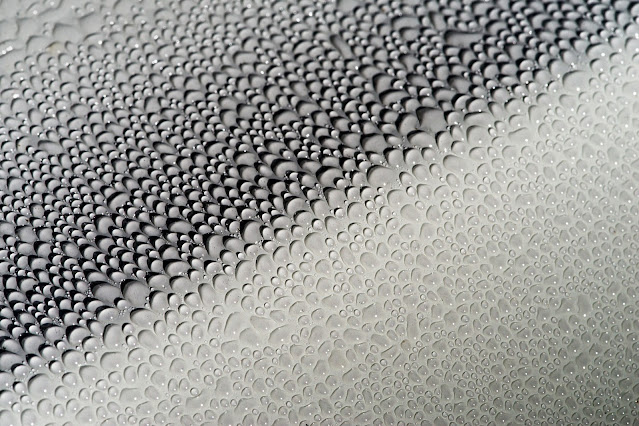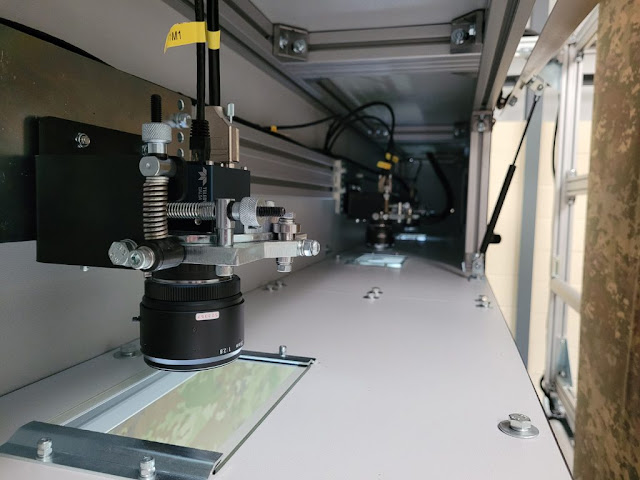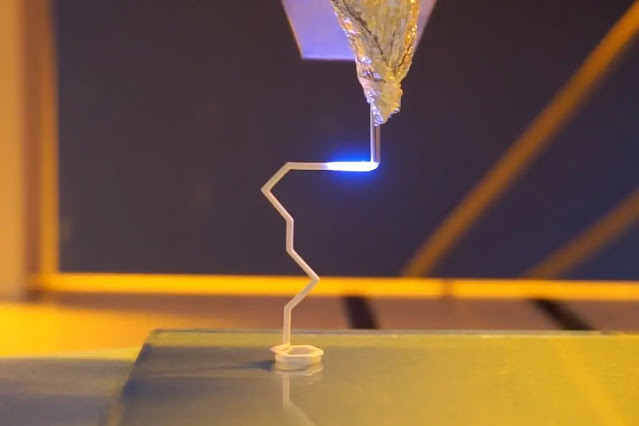A Look at Cloaking Technologies
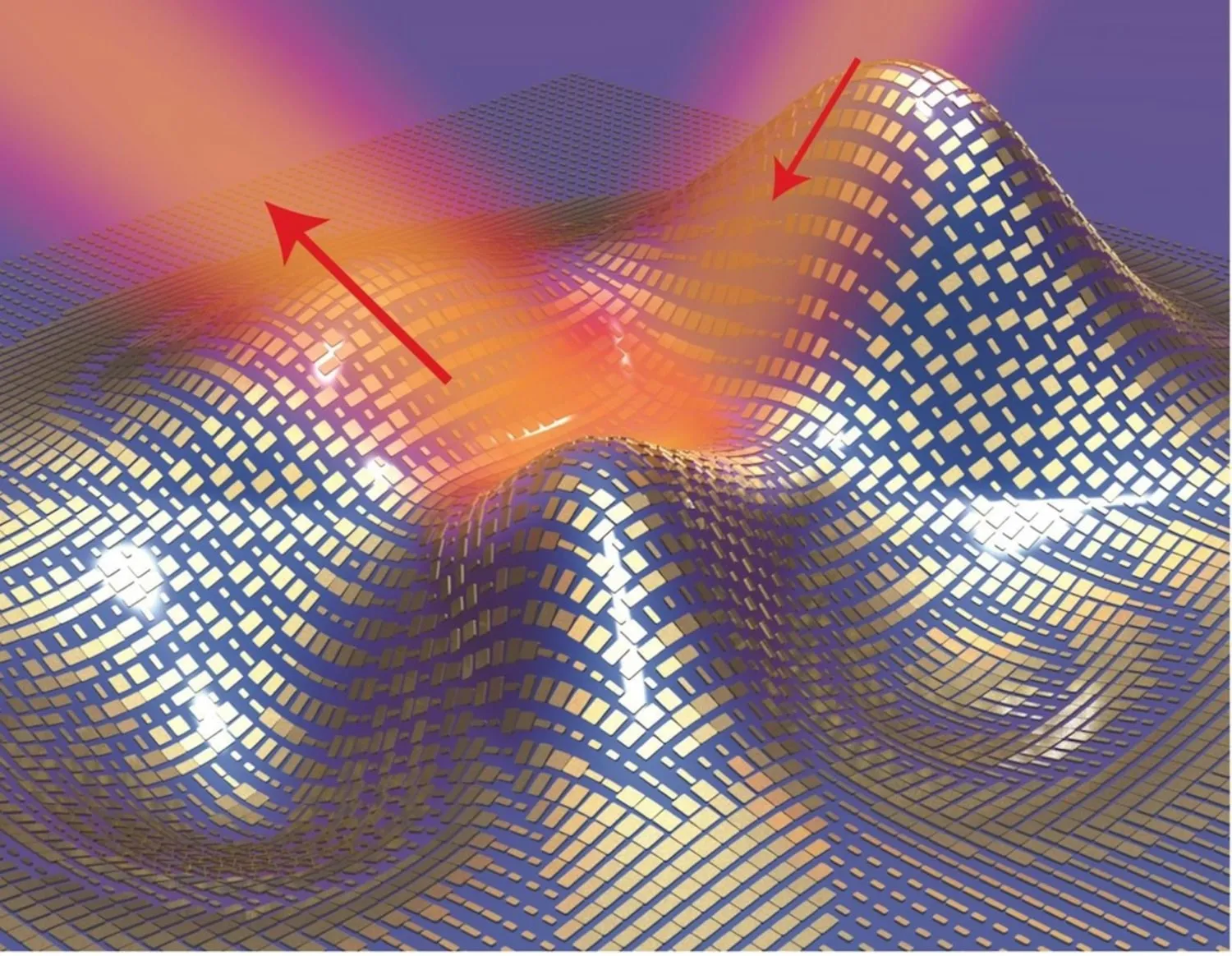
The idea of making objects disappear has fascinated scientists and storytellers alike for centuries. While transformation-based cloaking—where materials are designed to bend light completely around an object—is well known, there are several other fascinating methods that researchers are exploring. These techniques manipulate different properties of waves, including light, sound, and electromagnetic signals, to create the illusion of invisibility.
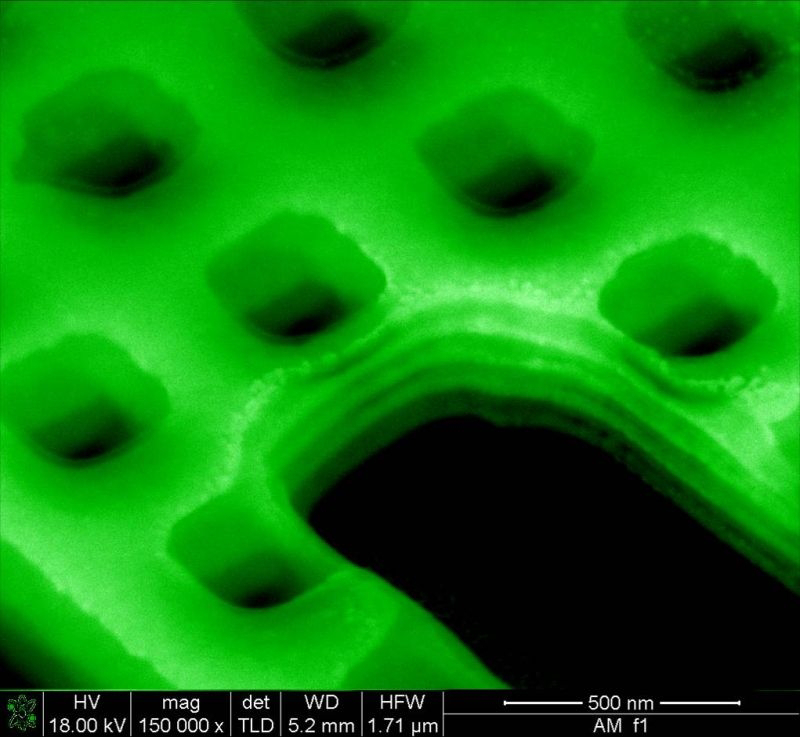
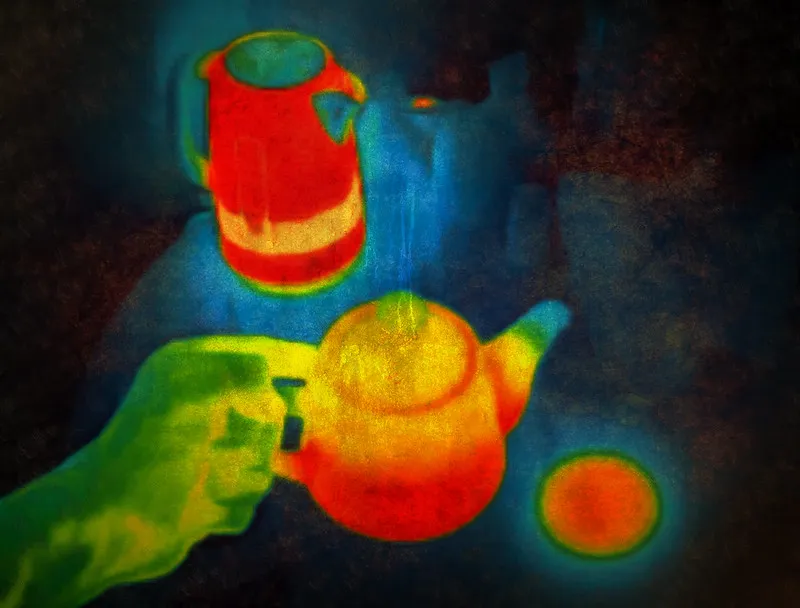 When we think of invisibility cloaks, the first thing that comes to mind is making objects vanish from sight using advanced optical tricks. But cloaking technology is not limited to bending light. Scientists are now exploring ways to cloak objects from sound, heat, mechanical vibrations, and even quantum matter waves. This interdisciplinary field is pushing the boundaries of physics, engineering, and materials science to develop real-world applications beyond science fiction.
When we think of invisibility cloaks, the first thing that comes to mind is making objects vanish from sight using advanced optical tricks. But cloaking technology is not limited to bending light. Scientists are now exploring ways to cloak objects from sound, heat, mechanical vibrations, and even quantum matter waves. This interdisciplinary field is pushing the boundaries of physics, engineering, and materials science to develop real-world applications beyond science fiction.

